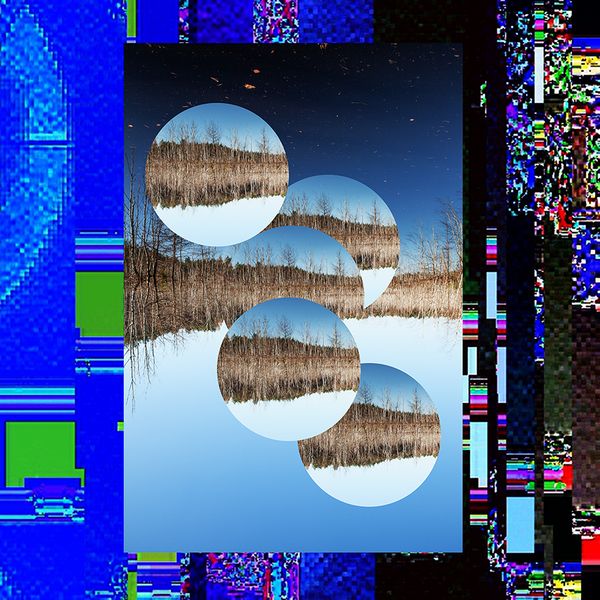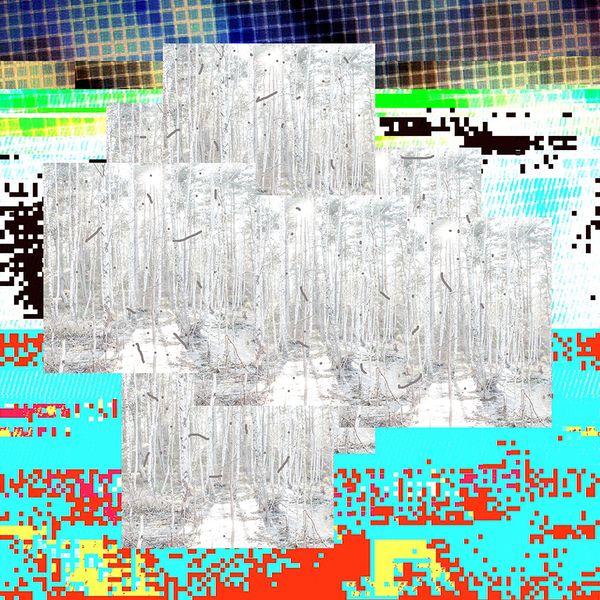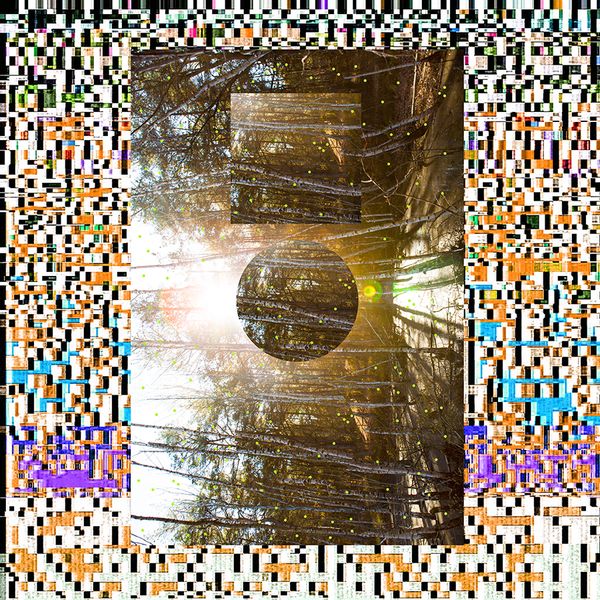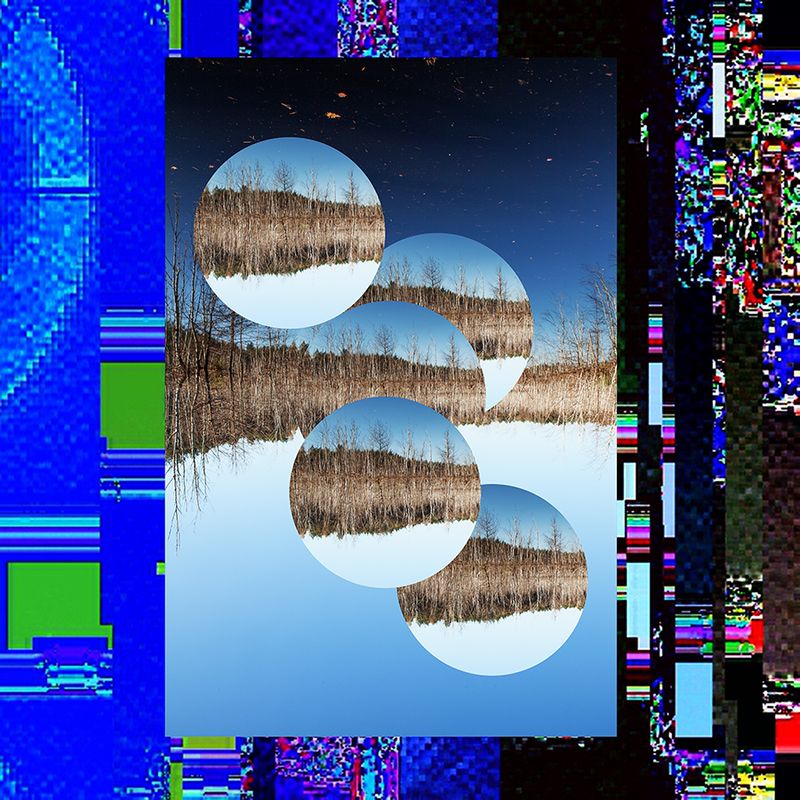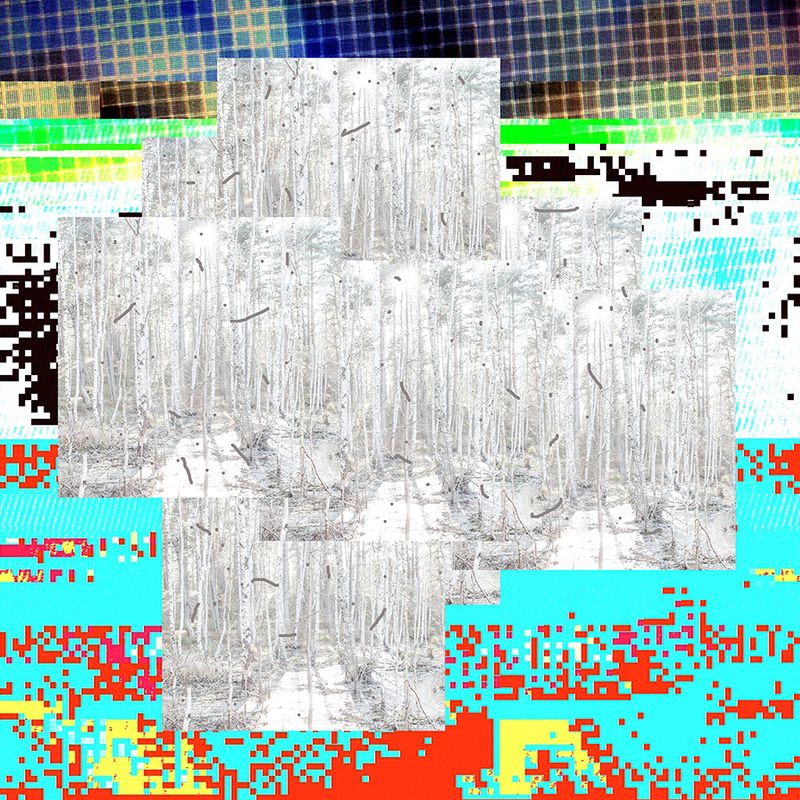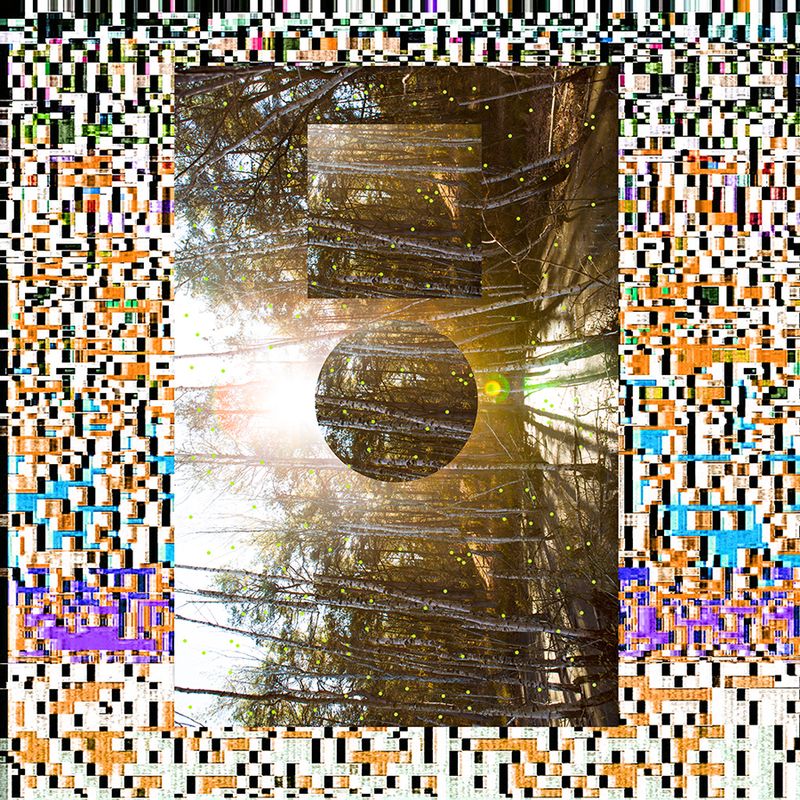Intersecting Nature and Technology
-
Published11 Jan 2017
-
Author
Igor Omulecki combines the study of nature and computer science to explore the notion that the act of our perception is a uniquely complicated process.
Igor Omulecki combines the study of nature and computer science to explore the notion that the act of our perception is a uniquely complicated process.
Polish photographer Igor Omulecki graduated from Lodz Film School in 2015. He has received many national awards, the most notable of which are the Prize of the Capital City Warsaw and the Prize of the Ministry of Culture of the Republic of Poland. In 2014, Igor's project, Waveheard received an Honorable Mention in the PHmuseum Grant. His work has been exhibited internationally across Poland, the United Kingdom, Slovakia, France, Hungary, Spain and Canada.
When did you begin working on your project, Bios?
I started working on the Bios project in autumn 2014 and finished in spring 2015.
Where did the title come from?
The name Bios comes from the reference to the word 'bio'; the biological world/nature. On the other hand, Bios stands for Basic Input/Output System, which is a firmware with a set of basic procedures acting as an intermediary between the operating system and the equipment in computers. A perfect combination of meanings for my project, as it combines the study of nature with the observation of perception through technology. Technology in itself goes hand in hand with nature and becomes a part of it.
You mentioned in your statement that this project is your ‘Visual Thinking’. Can you elaborate more on that?
Visual Thinking (1969) is a book by Rudolf Arnheim, a renowned perceptual psychologist. In his research he demonstrates that our perception is a much more complicated process than is commonly believed. He describes this phenomenon, claiming that "visual perception is visual thinking." He points out that "the world is not at once given." Reality, as he says, is the scenery for the act of our perception. It is our mind and senses that discover particular elements, associate them with each other and join together to make the whole. It is an inner process similar to construction.
Our perception is based on comparison between what we think and what we see. Our understanding depends on the inner relationships within the image. What we see is the basis for the creation of the model of reality. The entire process is thus subjective due to the selective nature of observation. Depending on how and what we are looking at, we construct an image and a thought. Through my Bios project, I am observing the creative process as well as my own perception. I am watching myself as a biological machine additionally connected to the computer. The result is not New Formalism; it is New Realism.
How many images compose each piece?
The only constant principle while creating these pieces was to create a background of one picture, which I had destroyed using glitch. Basically, destroying the file at the code level. The second layer is the multiplication of the same, undamaged image and working within it.
Are you mixing media in the series or is it pure photographic results that we find?
The starting point is a photograph. The next stage is using Photoshop tools.
Some of the images in the foreground appear vertical, while others appear horizontal. Why is that? Did you set yourself certain rules while making Bios?
I began to duplicate the layers of the image and to overlay them. This way the process of researching the inner dynamics of an image was registered. I decided to place each "try out" photo in a position it found itself as a result of my first move, leaving the afterimage of my intuition, establishing the correct relationship between the rectangle and the square area. I repeated such moves several times. The pieces, Bios #1, #2, and #4, were created this way. Having made them, I realised that I managed to save the work with internal forces produced by the image field. As Arnheim wrote: "perception is an active exploration." It results from the perception of various types of forces hidden in an image.
Arnheim describes it using an example of a square and placing a black dot in various places. Our senses will aim to place the dot in the centre of the square area. Our psyche and perception continuously aim to reduce tensions created in experiences. It is the reflection of the rules of physics, where each system aims for maximum entropy, which means minimum energy. While creating Bios I tried to eliminate speculative activity as much as possible and focus on pure visual intelligence or the title, visual thinking.
Is this project still in progress or a finished work?
Bios is a finished project but I am continuing the work on the photographic image using the same creative method. I am currently working this way on a project commissioned by the National Museum in Warsaw, which will be premiered in April.
--------------
To learn more about Igor Omulecki, visit his PHmuseum profile
